
Last night’s spectacular flight of a Falcon 9 from Space Launch Complex (SLC)-40 at Cape Canaveral Air Force Station, Fla., bookended the first 100 missions by SpaceX, as the Hawthorne, Calif.-headquartered launch services provider looks back on an impressive array of accomplishments since 2006 and forward to a full plate of priorities in the months and years ahead.
The previously-flown B1059 core—the sixth occasion in less than a year that a Falcon 9 had recorded a fourth launch into orbit—successfully lifted Argentina’s long-delayed SAOCOM-1B radar-imaging satellite towards a 97.9-degree orbit, the first time that a polar-orbiting mission had flown from the Space Coast since 1969. But there is little time for reflection, as SpaceX has another Falcon 9 poised on neighboring Pad 39A at the Kennedy Space Center (KSC), tasked with lofting a 60-strong batch of Starlink low-orbiting internet communications satellites as early as 8:46 a.m. EDT Thursday.
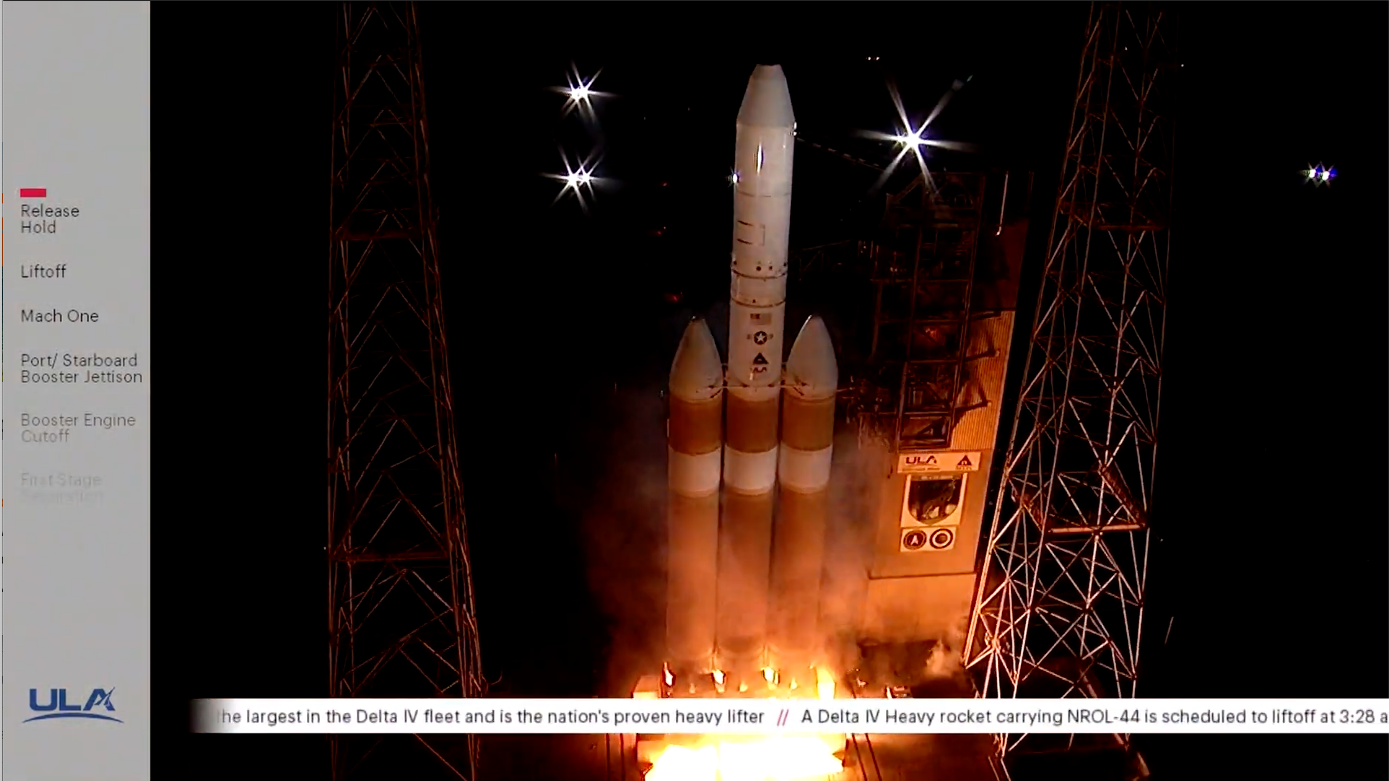
Thursday’s planned liftoff was originally meant to be part of a record-breaking “double-header” weekend, unexpectedly made possible by Saturday morning’s last-second scrub of a United Launch Alliance (ULA) Delta IV Heavy. Laden with the highly secretive NROL-44 payload for the National Reconnaissance Office (rumored to be an Advanced Orion/Mentor signals-intelligence satellite), the mission had already suffered two days of delay due to a ground pneumatics control system issue which required attention.
Then, on Saturday, a scrub was dramatically called by the on-board safety systems at T-3 seconds, requiring at least a week to reconfigure the 235-foot-tall (72-meter) Delta IV Heavy for another launch attempt. This gave SpaceX ample availability on the Eastern Range to launch not one, but two Falcon 9s within a nine-hour period on Sunday.
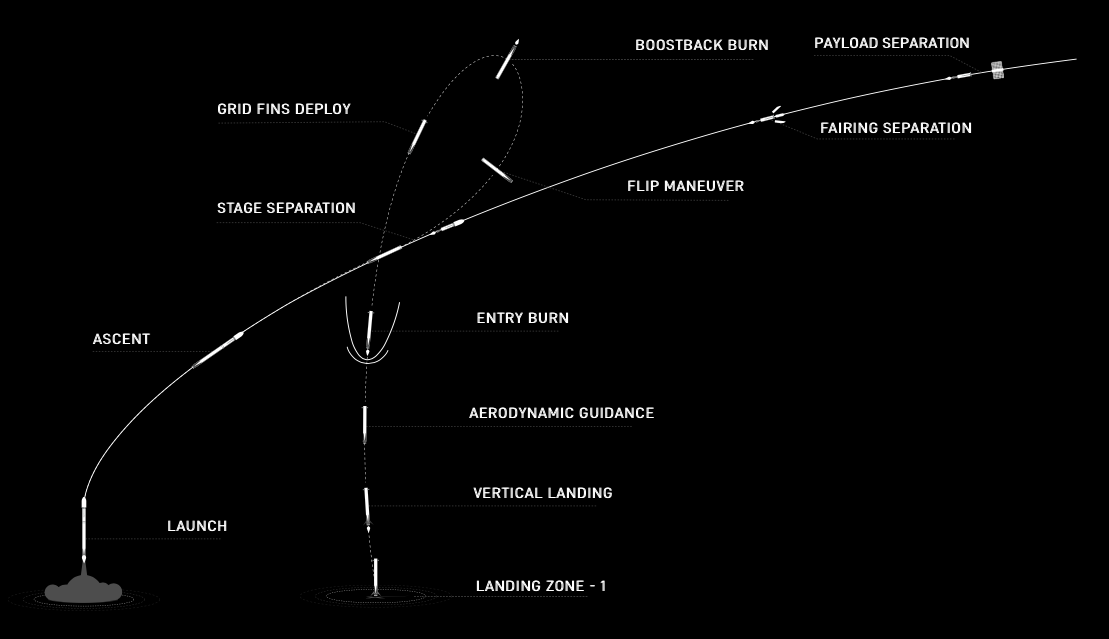
But it was not to be. Poor weather quickly forced SpaceX to scrub the planned 10:12 a.m. EDT Sunday launch of its previously-flown B1060 core with 60 Starlinks and reschedule for Tuesday. Yet against many odds, and for most of Sunday with only a fifty-fifty chance that the weather gods would unify by launch time, SAOCOM-1B speared for the heavens on the cusp of sunset at 7:18 p.m. EDT. It was SpaceX’s 15th launch of 2020 and its first-ever polar-inclination mission to originate from the East Coast of the United States.
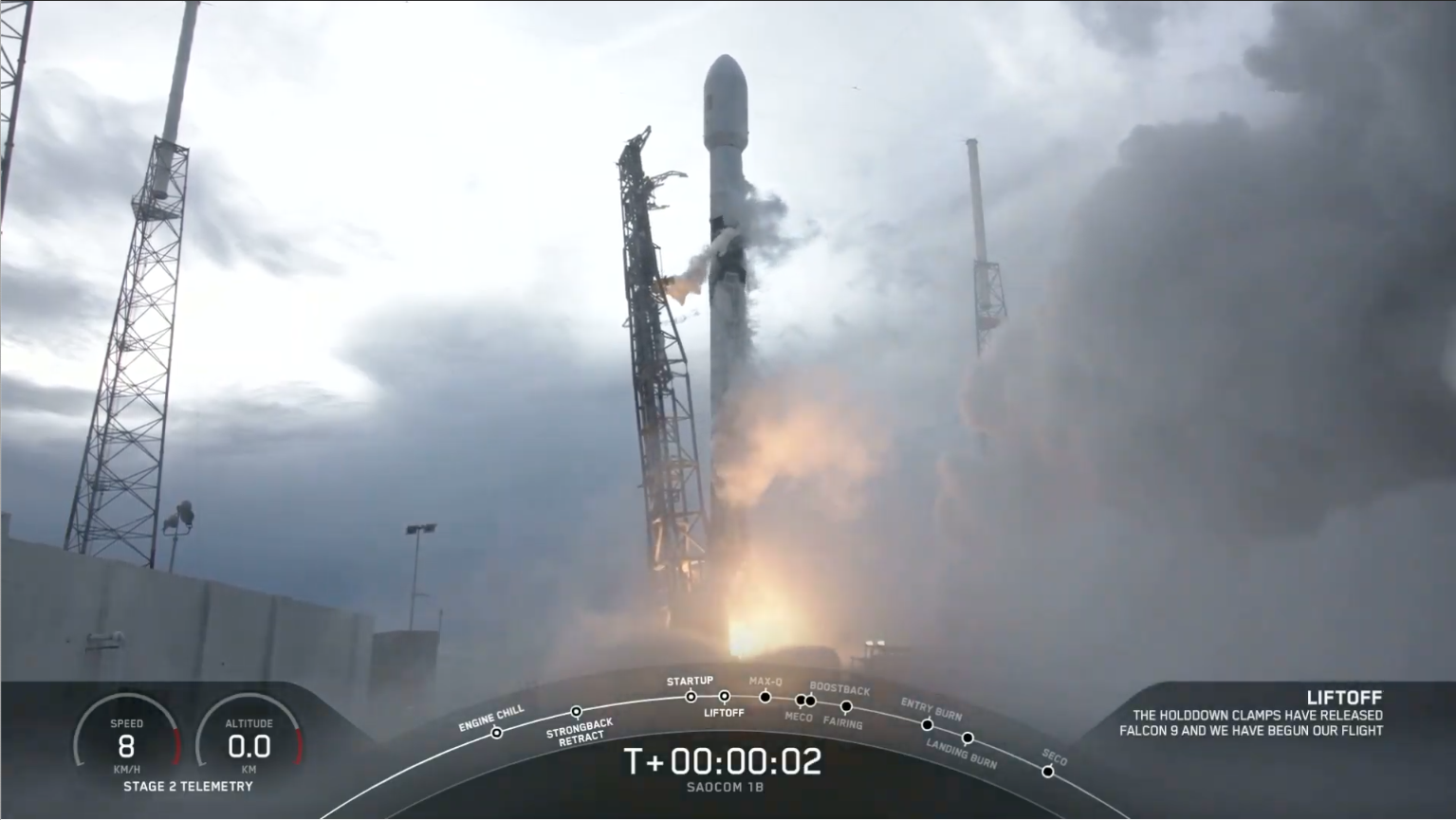
The current forecast for both Tuesday and Wednesday indicate an 80-percent likelihood of acceptable conditions, according to the 45th Weather Squadron in its Monday morning update. “Low pressure currently off the Georgia-South Carolina coast is likely to acquire tropical characteristics as it pulls away from the area the next several days,” it was noted. “Its departure wil allow a gradual thinning of atmospheric moisture through the week, along with the return of a favored afternoon and evening shower-and-thunderstorm regime.” All told, this was predicted to afford an “overall favorable” weather outlook for the launch windows on Tuesday morning and (in the event of a scrub) Wednesday morning.
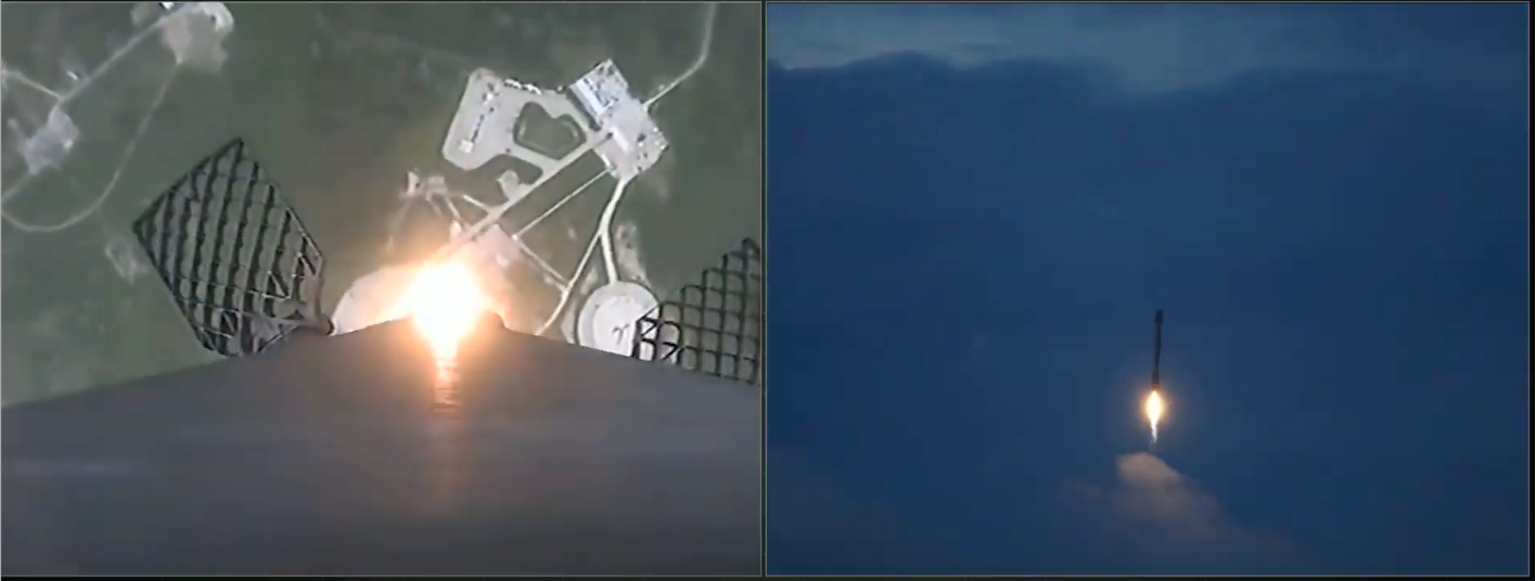
It also marked a milestone as the company logged its 100th launch, counting 92 “single-stick” Falcon 9 flights since June 2010, together with five earlier Falcon 1 missions between March 2006 and July 2009 and three outings by the gargantuan, triple-cored Falcon Heavy between February 2018 and June of last year. For its part, the Falcon 9 has evolved dramatically as a launch vehicle, more than doubling its payload capacity to low-Earth orbit and significantly enhancing its lifting potential to geostationary transfer orbit.
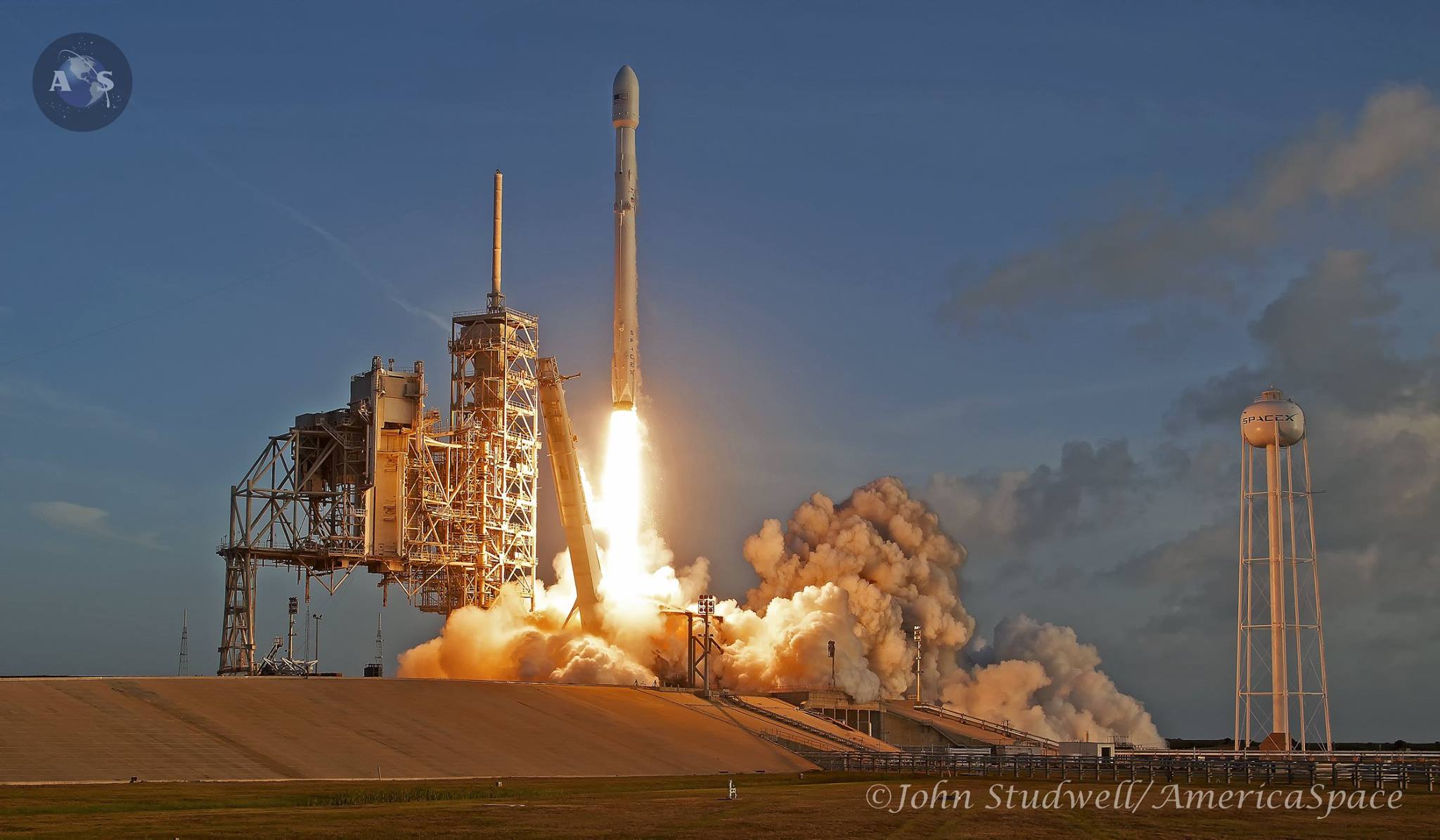
Thirty-three large communications satellites have been boosted to GTO, together with 75 Iridium NEXT birds and more than 600 Starlinks. Five major Earth-observation payloads—the joint NASA/NOAA Jason-3, Taiwan’s Formosat-5, Argentina’s SAOCOM twins and Canada’s Radarsat Constellation Mission (RCM)—have flown, together with the Transiting Exoplanet Survey Satellite (TESS) and Israel’s ill-fated Beresheet lunar lander to explore the furthest and nearest celestial worlds to us.
SpaceX’s classified clients have included NROL-76 for the National Reconnaissance Office, the X-37B mini-shuttle and the highly secretive Zuma mission, whose purpose and exact status came into some doubt within days of its January 2018 launch.
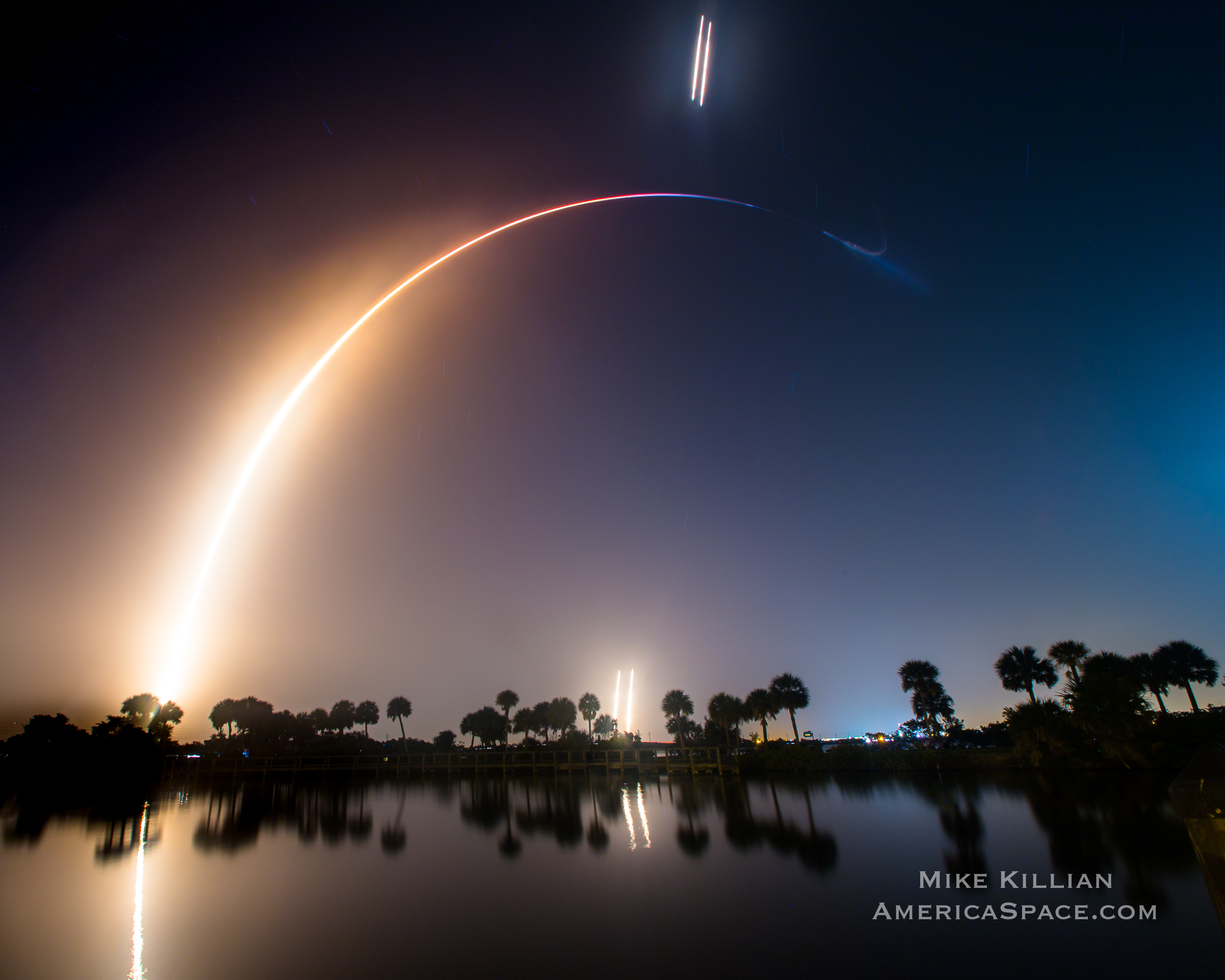
Added to that list, of course, are the first three voyages of the Falcon Heavy triple-niner and the first steps of Commercial Crew: the long-awaited Demo-1 mission in March 2019, the dramatic In-Flight Abort Test last January and the triumphant 64-day voyage of Demo-2 crewmen Doug Hurley and Bob Behnken aboard Dragon Endeavour.
With 15 launches completed in the first eight months of 2020, it can be expected that the Falcon 9 may pass its own magical 100th flight milestone at some stage within the coming months.
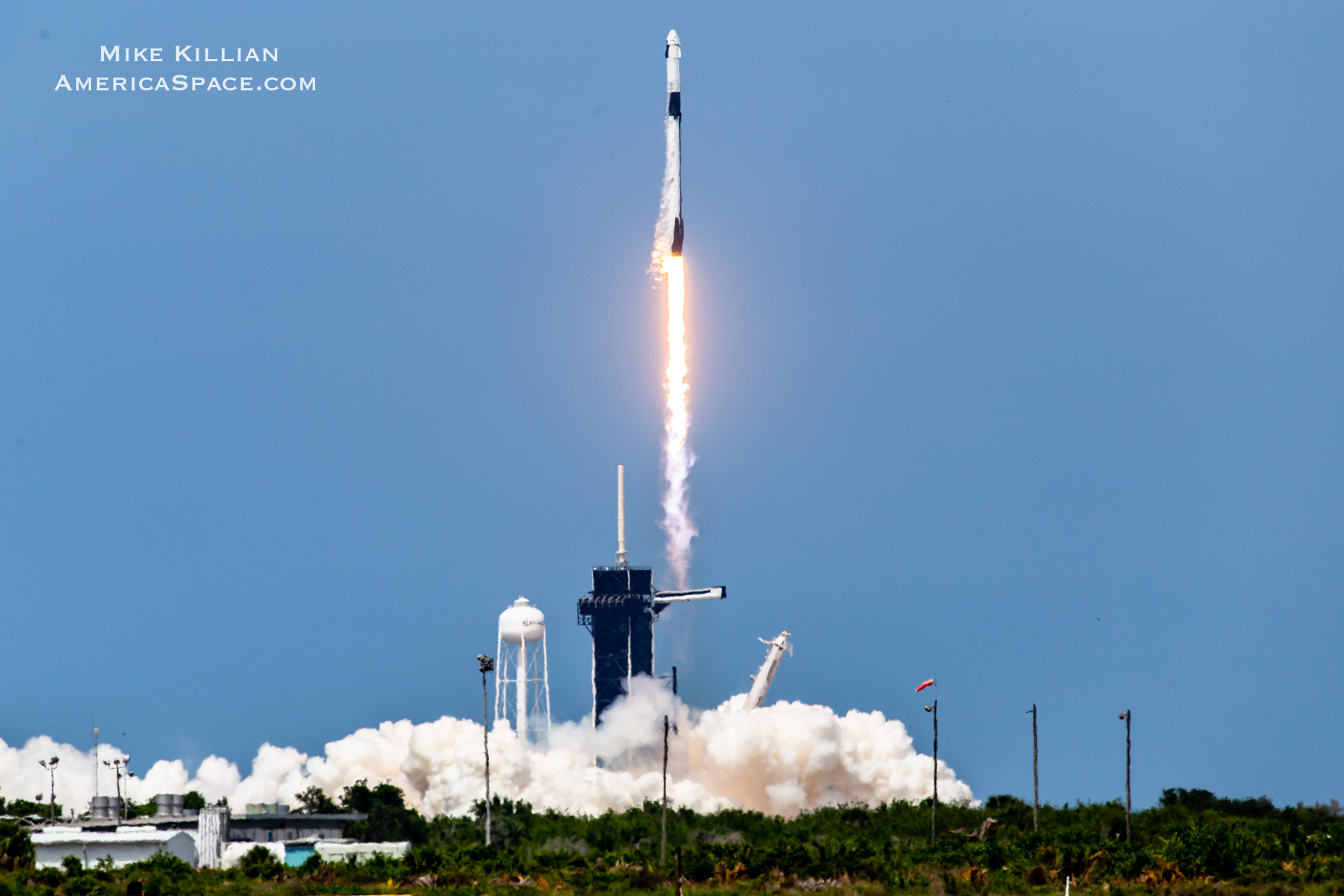
When that will be remains unclear, with SpaceX revealing very little about the precise order of their flight manifest. Thursday’s mission by B1060—which previously saw service in June to launch the third Global Positioning System (GPS) Block III navigation and timing satellite on behalf of the U.S. Space Force—is expected to terminate with an oceanic touchdown on the deck of the Autonomous Spaceport Drone Ship (ASDS), “Of Course I Still Love You”.
With SpaceX President Gwynne Shotwell having previously announced an intent for Starlink batches to fly every two weeks, a prediction which has thus far in 2020 seen nine launches in eight months, it can be expected that more of these low-orbiting internet facilitators will head for orbit before the end of the year. Added to that list are a pair of major commercial payloads: SXM-7 the New York-headquartered Sirius XM Holdings, Inc., and Türksat-5A for Turkey’s Ankara-based communications satellite provider, Türksat. It remains to be seen exactly when these two missions will take flight, with both currently manifested to occur sometime in the fourth quarter of 2020.

Contracts to build SXM-7 (and its twin, SXM-8, also targeted for a Falcon 9 launch early in 2021) were signed with Space Systems/Loral (SS/L)—now a subsidiary of Maxar Technologies—back in July 2016. The satellites are based upon the SSL-1300 “bus” and will generate more than 20 kilowatts of electrical power and carry a large unfurlable S-band antenna reflector to broadcast to radios without the need for large dishes on the ground. When it enters operational service, SXM-7 will replace an earlier satellite, XM-3, which is nearing the end of its useful lifetime having been in orbit since March 2005.
Turkey, meanwhile, contracted with SpaceX back in November 2017 to launch its Türksat-5A and 5B birds, developed and built by Airbus Defence and Space and Turkish Aerospace Industries to provide Ku-band communications and direct television broadcasting services over a wide swath between the east of England and the west of China. Based upon the all-electric variant of Airbus’ EuroStar E3000 bus, Türksat-5A will occupy a geosynchronous “slot” at 31 degrees East longitude and is expected to remain fully functional for a 15-year operating lifetime.
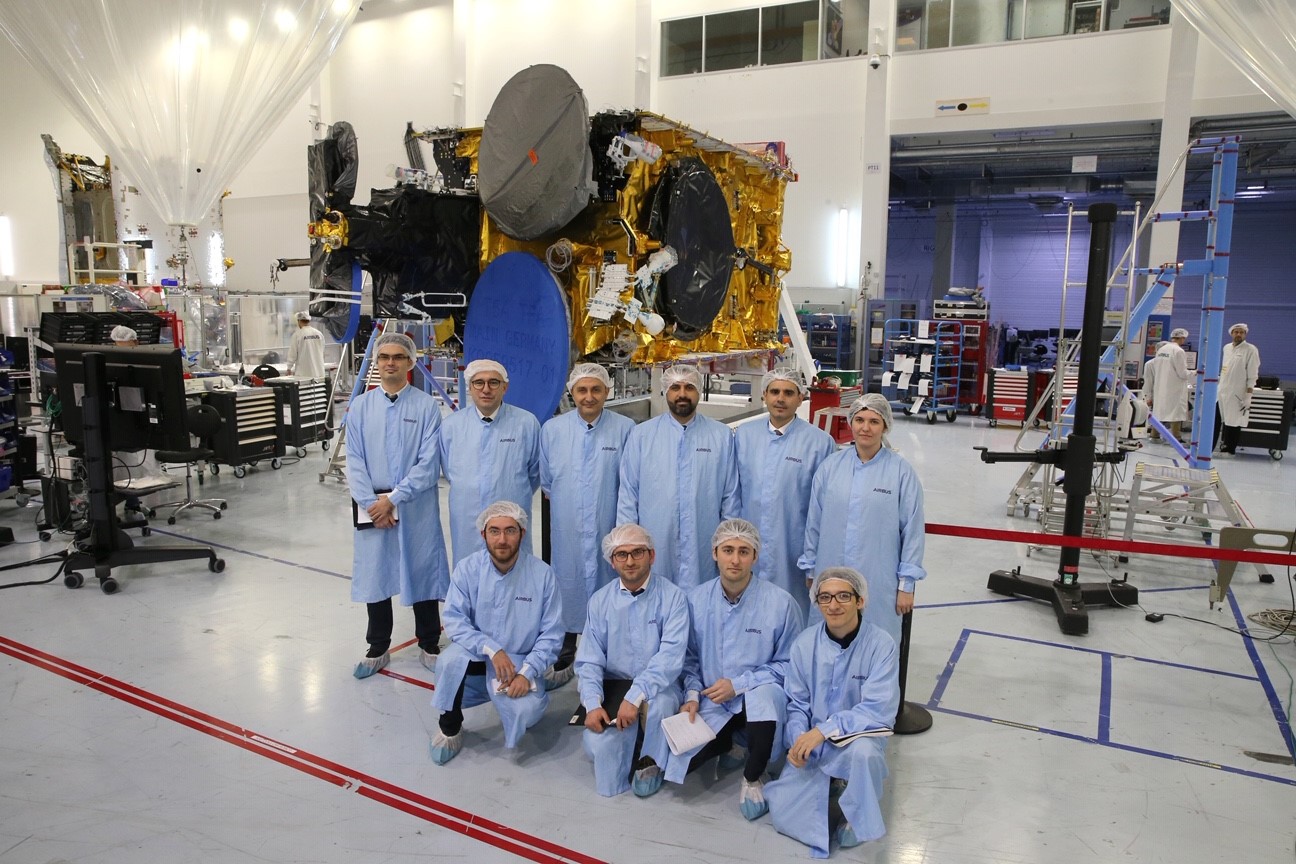
In addition to these two commercial clients, SpaceX aims to fly two more Block III GPS satellites for the U.S. Space Force before the end of 2020. Designated “GPS III-04” and “GPS III-05”, the missions form part of a $290.5 million three-satellite contract awarded to SpaceX by the Air Force back in March 2018. The two Block IIIs—each weighing around 8,500 pounds (3,900 kg)—are destined for Medium Earth Orbit (MEO), some 12,550 miles (20,200 km) above the planet. GPS III-04 was formally “called-up” by the U.S. Space Force in January 2020, for an anticipated launch in the summer, although schedules slipped in response to the COVID-19 coronavirus pandemic.
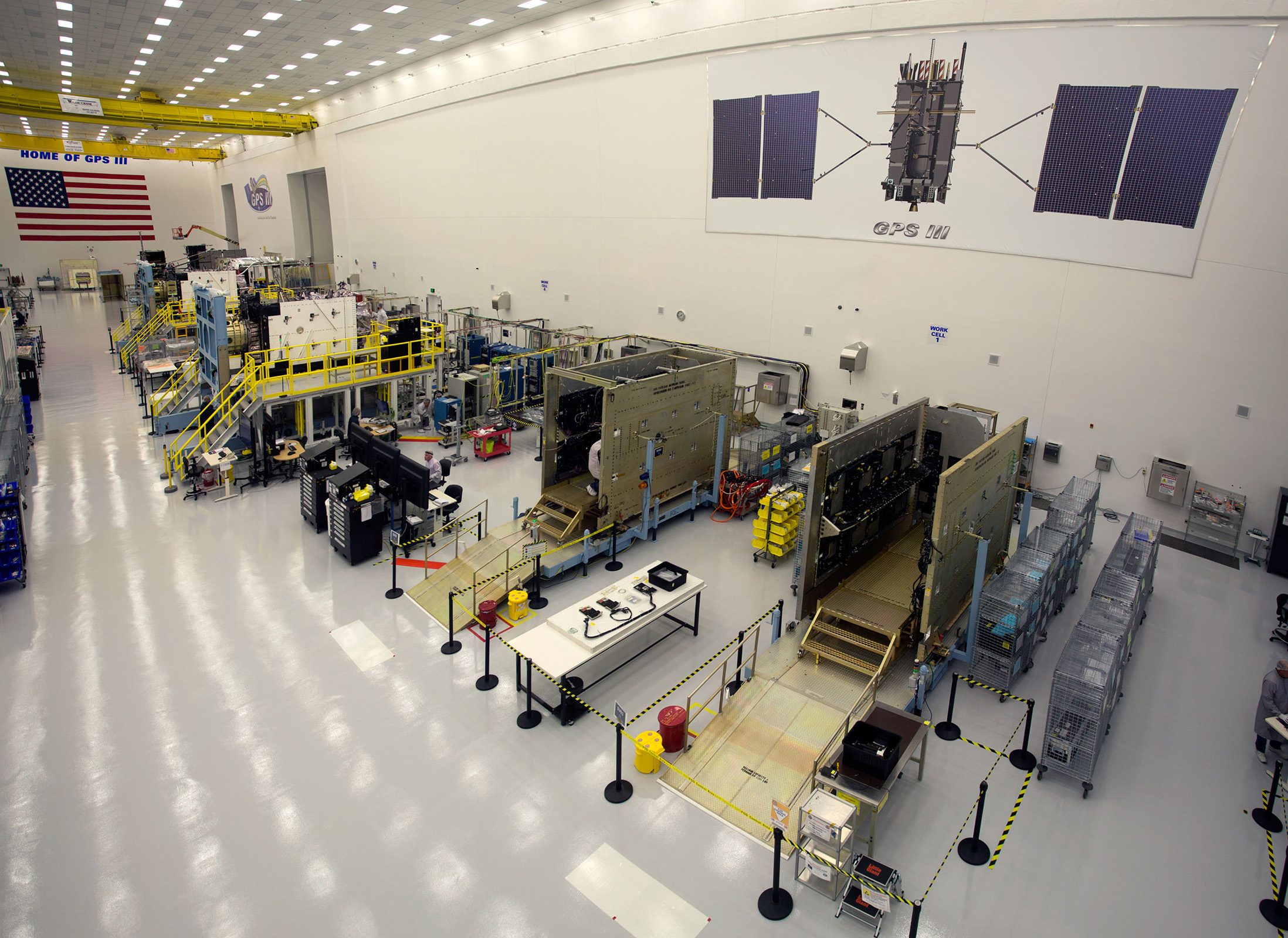
Rounding out the year will be the fourth Falcon Heavy, carrying the classified USSF-44 payload for the U.S. Space Force. This is part of a $297 million, three-mission contract signed between SpaceX and the Department of Defense in February 2019. According to the details of the contract, the geostationary-bound USSF-44 “is expected to be completed by February 2021”, although the Falcon Heavy is currently targeted to fly later this fall.
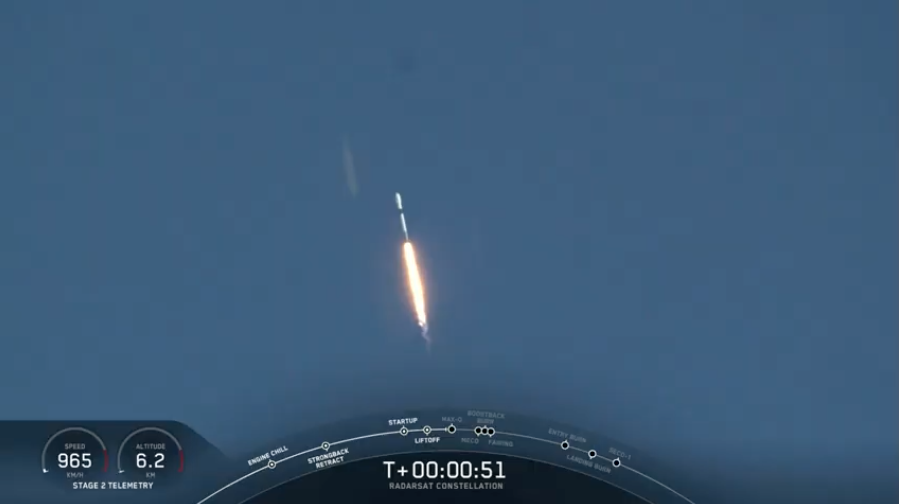
Two more flights are due out of Space Launch Complex (SLC)-4E at Vandenberg Air Force Base, Calif., marking the first Falcon 9 launches from the West Coast since June 2019. The first is Jason Continuity of Service (Jason-CS), which follows on from the 2016-launched Jason-3 mission to perform high-presicion sea-level altimetry measurements, whilst the second is a Synthetic Aperture Radar (SAR) imaging satellite for Germany’s Ministry of Defence.
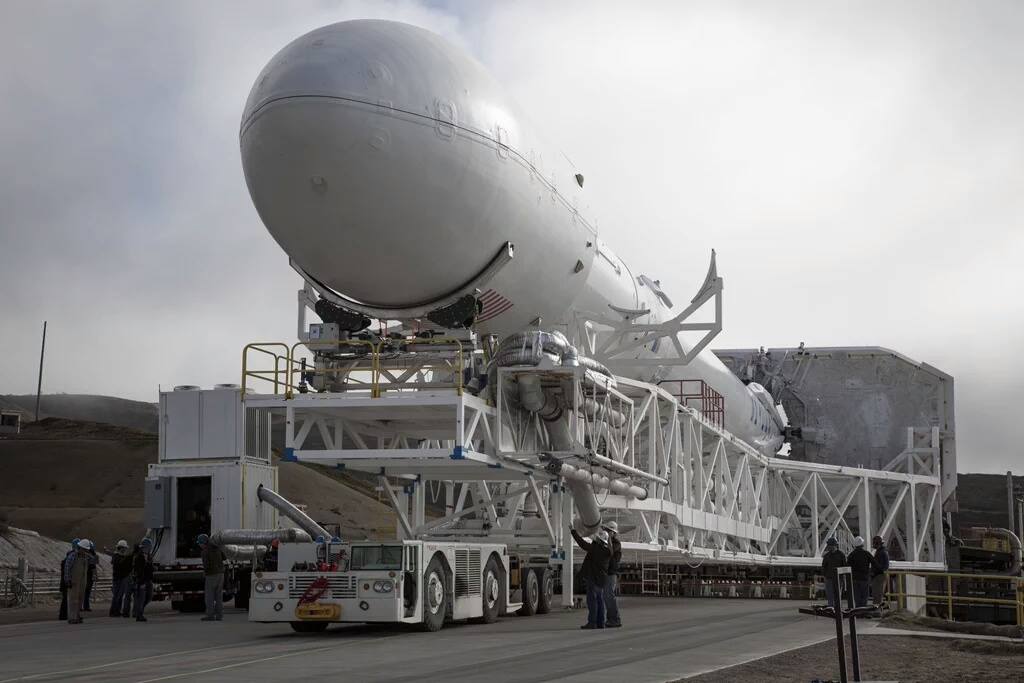
And, of course, Dragon operations are expected to resume this fall, with CRS-21—the first member of SpaceX’s CRS2 Commercial Resupply Services commitment to NASA—expected to haul payloads and supplies to the International Space Station (ISS), including NanoRacks’ Bishop Airlock Module, as early as 29 October. Six days prior to that date, if schedules hold, another Falcon 9 will deliver Crew-1 astronauts Mike Hopkins, Victor Glover, Shannon Walker and Soichi Noguchi into orbit for the first “operational” rotation mission of Crew Dragon.

All told, if even half of this still-fluid manifest pans out before the close of 2020, it does not seem unreasonable to assume that the much-flown Falcon 9—whose 93rd launch awaits tomorrow—may hit its own 100-flight milestone before the midnight bell tolls on New Year’s Eve. And with 15 launches already completed, 2020 has already shaped up as SpaceX’s third most prolific of all time, falling behind the 18 missions conducted in 2017 and the 21 missions flown in 2018.
.
.
FOLLOW AmericaSpace on Facebook and Twitter!
.
.
Missions » Commercial Space » Starlink »



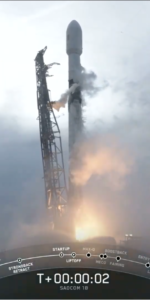
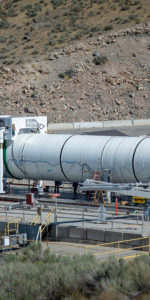
Again, thank you to AmericaSpace for providing an excellent portal to a live space event. I find your emphasis on news over nonsense to be a refreshing change from most space program coverage out there.